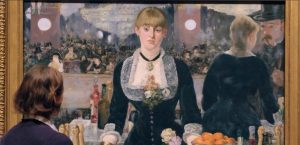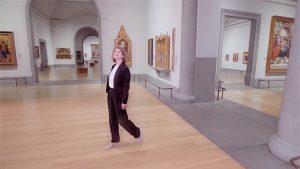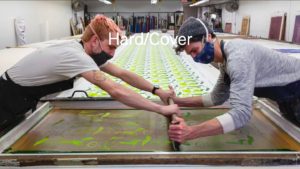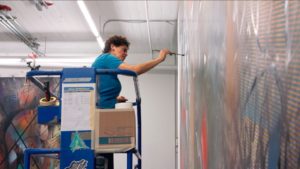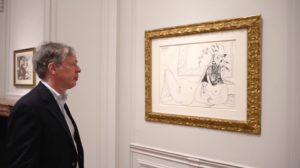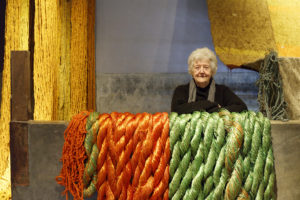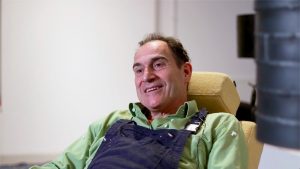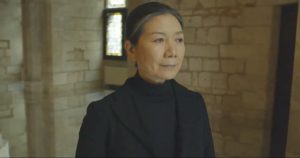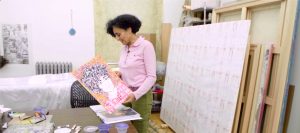
One of the many unfortunate and high-profile impacts due to the current COVID-19 pandemic is the cancellation of the landmark exhibition of the work of Renaissance master Raphael (1483–1520) at the Scuderie del Quirinale in Rome. To mark the 500th anniversary of Raphael’s death in 1520, the exhibition includes over 200 works – the largest ever of Raphael’s work – many loaned from institutions around the world. The exhibition is scheduled to travel next to London’s National Gallery, which owns several of the works in the show, opening in the fall of 2020.
Fortunately for us, while many are joining the ranks of the quarantined (self, or otherwise), Daily Plinth is pleased to share with you this dynamic talk from the National Gallery about their Garvagh Madonna (~1509-1510) by Raphael. The video features Matthias Wivel, the National Gallery’s Curator of 16th-century Italian Paintings, as part of their Talks for All series.
From the National Gallery:
In this little picture Raphael depicts the moment when the Christ Child takes a carnation, traditionally symbolic of divine love and the Passion (Christ’s torture and crucifixion), from his cousin John the Baptist’s hand. The space between the children’s hands is the centre of the careful geometry of the composition, emphasising this important moment of Christ’s acceptance of his future sacrifice for humanity. The Virgin appears lost in melancholy thought. Perhaps she is thinking of the children’s destinies.
The picture is one of several small and medium-sized Madonnas that Raphael produced at the same time as he was painting a suite of rooms in the Vatican palace for the pope, the so-called stanze. It was probably made for a member of the papal court for private devotion, although we do not know who commissioned it. The painting is known as the Garvagh Madonna or Aldobrandini Madonna after its previous owner.


